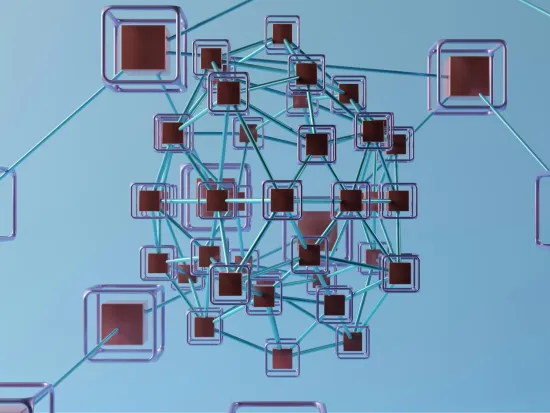
From June 2025, employers in Ireland with 50 or more employees will be required to publish data on their gender pay gap (GPG). This next phase of the Gender Pay Gap Information Act 2021 significantly expands the scope of reporting and introduces new expectations around how and where information is published.
While GPG reporting is first and foremost a legal obligation, how organisations communicate their results – and the story behind the numbers – will shape stakeholder perceptions, influence internal culture, and impact reputation.
Key Changes Coming in 2025
Employers must:
Select a snapshot date in June to capture pay data
Report on mean and median pay gaps, bonus gaps, and gender distribution across pay quartiles
Publish their GPG report by November 2025 (a new, earlier deadline)
Submit data via a central online portal, due to launch in autumn 2025
Make the report available on their own website
These requirements bring not only regulatory complexity but also increased visibility. GPG reports will be publicly searchable, meaning clear and considered communication is essential.
Why Communication Matters
GPG data alone rarely tells the full story. Without context, figures can easily be misunderstood or misinterpreted. A thoughtful explanation – supported by evidence of progress and future actions – can make the difference between building trust or eroding it.
Clear communication helps organisations:
Demonstrate transparency and accountability
Reassure employees and retain talent
Manage potential media or stakeholder scrutiny
Align pay gap disclosures with wider DE&I goals
Preparing Your Organisation
Employers – especially those reporting for the first time – should start preparing now. This involves more than gathering accurate payroll data. It means thinking carefully about how results will be presented and understood by different audiences.
Key steps to take
Assess the data through a reputational lens
What trends are visible? What story do the numbers tell? What might raise questions?Develop a narrative that explains the context, acknowledges challenges, and outlines actions being taken to close any gaps
Plan communications across all relevant audiences – employees, leadership, investors, customers, and the public
Be consistent and proactive, ensuring messaging reflects the organisation’s values and long-term commitments
Looking Ahead
Gender Pay Gap Reporting will continue to evolve. The organisations that fare best in this new environment will be those that treat pay gap reporting not just as a compliance exercise, but as a communications opportunity – to reinforce values and build trust with key stakeholders.





